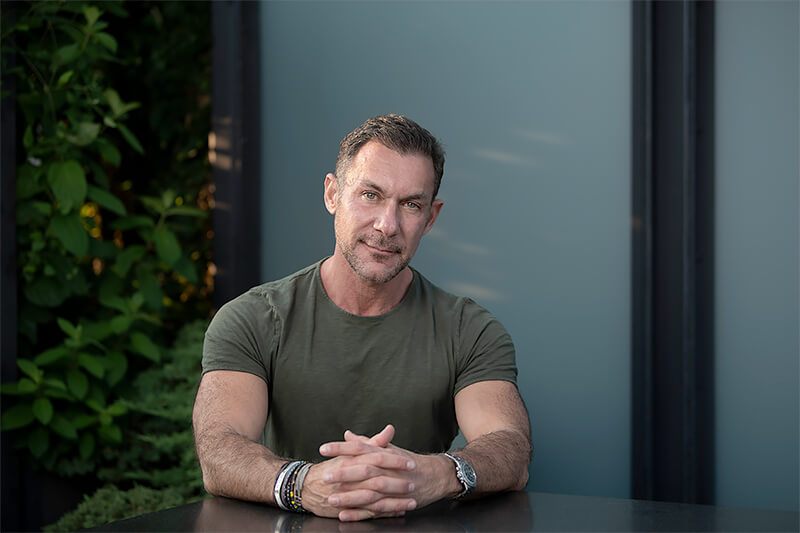Barry Salzman is an award-winning contemporary artist who currently works in photography, video and mixed media and whose projects have been shown widely around the world. He lives and works between New York City and Cape Town, South Africa. His photographic work in particular, began with a fascination for the practice as a teenager, during a time when it served as a way for him to grapple with the racial segregation in apartheid South Africa.
Today, his work continues to explore challenging themes around social, political and economic narratives, often coming down to the core concept of identity. Acutely relevant and brave in its willingness to confront, Salzman's photography garnered the
2018 International Photographer of the Year Award in the Deeper Perspective category at the International Photography Awards for his project, The Day I Became Another Genocide Victim, which endeavors to humaize victims of the Rwandan genocide.
For the last six years, Salzman has worked on ongoing projects that attempt to challenge the universal fatigue around the genocide narrative. Mostly, he applies visual tools of abstraction to landscape images shot at precise locations around the world where acts of genocide were perpetrated as a means of reminding us that 'that place' can be 'any place'. In writing about his ongoing genocide landscape work Salzman says, "The landscape witnesses all. It sheds its leaves in cover-up and complicity. But through its rebirth, so it rejuvenates. It carries with it the traces of the past and promises of the future. It triumphs over trauma. It is inextricably intertwined with our darkest moments and brightest days."
The following images were made in Ukraine, Poland and Rwanda at precise locations where acts of genocide were perpetrated.
For additional information, please see:
www.barrysalzman.net
